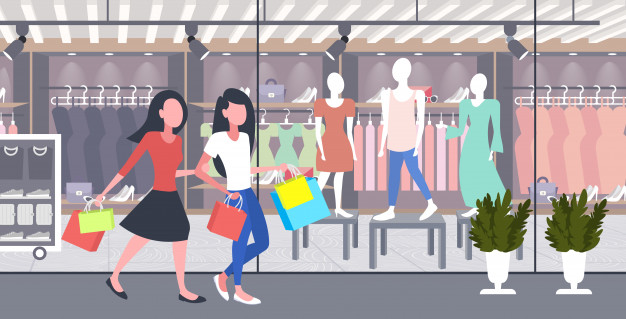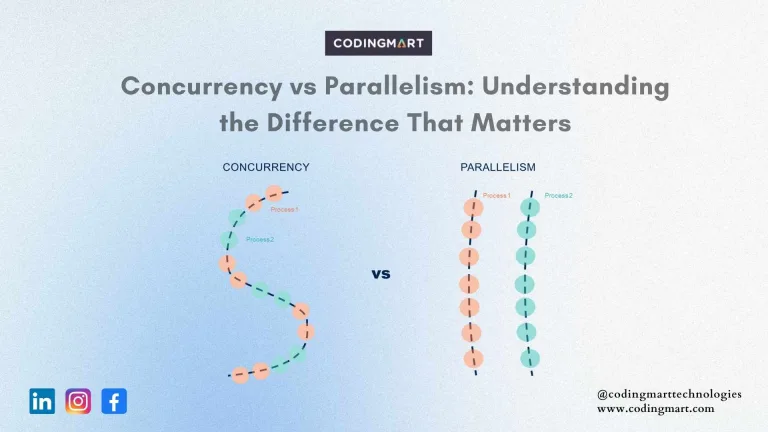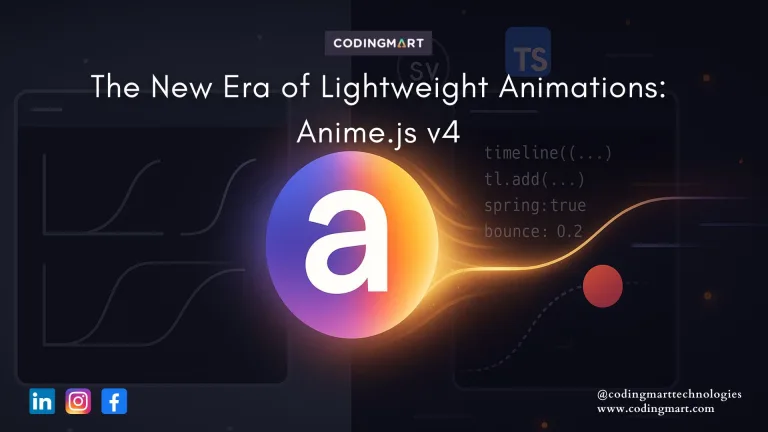blogs
Future of Fashion Industry: 5 Key Changes to Watch
Fashion industry is full of creativity. There are tremendous changes every decade. The fashion industry will also see a lot of more innovations and technology coming in its way. The growing customer needs and regularly updated trends are the driving forces behind the revolution in the fashion industry.
Today, we have 5 things that could be the fashion industry’s future
- Eco-friendliness

The fashion industry has been one of the major contributors to pollution and wastes. Conventional production and dying methods are the prime reasons for polluting water resources. Decoratives and fancy items that are added to the fashion are mostly non-degradable and hence cause a significant amount of impact on the environment. The production of fashion items contributes to more than 10% of the world’s total carbon emission production. It is significantly higher than the contribution of international flights.
But, the fashion industry is evolving rapidly these days. A number of fashion brands are preferring sustainable, slow and eco-friendly methods of production to rapid production methods. The COVID-19 particularly has taught us what sustainability is. Organic clothes made out of Bamboo, horseradish plants, chestnuts, etc. have been introduced by brands like Vin+Omi, Levi, etc. These organic fashion items are seen as cutting edge innovation in baby clothing.
- E-commerce
COVID-19 has opened up a new era of digitalization and e-commerce. Every industry suffered a loss due to the COVID-19 lockdown. It was the internet that lent its helping hand to businesses. With lots of shoppers preferring to shop online, it is important for businesses to follow the trend.
Not being able to try on the fashionables was one of the reasons that made people not think of online. With technologies taking advantage, a number of virtual try-on and size fit tools have been introduced. Augmented Reality has been a vital part of the revamp in the fashion industry. The virtual trails using AR have been proven to be a boon for both online shoppers as well as businesses. They have reduced returns by about 36%. It helps in customer retention and builds trust. As a consumer, who wouldn’t love to try all the products available before making a purchase decision?
- Analytics
Days are gone, when creators used to create fashion and consumers used them. Now, every creator has to follow regular trends. If there is a topic that’s trending on social media, there will be wearables related to that. Analytics help in gathering information about various political, social, environmental progress, and take actionable decisions. Data from Analytics also helps in gauging what a customer really needs and manufacturing accordingly, thereby reducing the production of wastes.
Data obtained from Google Analytics, Google Trends, Social media platforms, etc. are helpful in Predictive Analysis. Predictive Analysis gives room to know when a fashion will get outdated. With Machine Learning and Artificial Intelligence, one can get to know if an item is up to the mark or not. We can also create mockups and design layouts using AI and ML. Hence, analytics will be an integral part of the fashion industry.
- Optimization
Once, companies used to manufacture a huge list of collections every year. As a result, there were heaps of fashion items that appeared in stores even before customers thought of them. It also leads to stocks being stagnant. Now, companies have started creating items when they are really needed for a customer. There is no use in producing loads of woolen sweaters during summer. Similarly, a lot of people are working from home. So, comfy clothes will be their way to go, and manufacturing them will be a wise idea. As the technology evolves, the brands are also evolving and a more strategic and optimized approach is being taken by fashion brands.
Optimizing production helps in regulating the stocks, saving money, conserving the resources and environment. Instead of manufacturing too many collections and confusing the customers with many options, the money can be invested wisely in marketing and social media promotions.
- Personalization
Everyone will have a different set of preferences. Although creators take care to make sure they satisfy the customer, sometimes they may fail to owe to the diverse categories of customers. A consumer wants every product to be customized according to his own preferences. That’s where Personalization comes into play.

An item that’s crafted exactly as per the needs with all the desirable features will definitely make a customer happy. Amazon Fashion has recently launched a “Made for you” service in select countries. It lets the customers choose the color, fabric, sleeve, design, etc., and test it on a virtual body before making a purchase. The Amazon app on Android and iOS take body measurements and creates a virtual body double of us to ensure a perfect shopping experience. The body double can be rotated 360° with the customized outfit on. The “Made for you” service is currently limited to t-shirts but will expand to other items in the future. The custom-fit t-shirts will almost nullify the returns, ensuring customer satisfaction and stability in businesses.
The future of the Fashion industry will be more targeted towards keeping up with customer expectations alongside protecting the environment. Innovations in the Fashion industry are never-ending. In the near future, brands will aim at harnessing the technologies such as AI, ML, and AR to the maximum extent.


